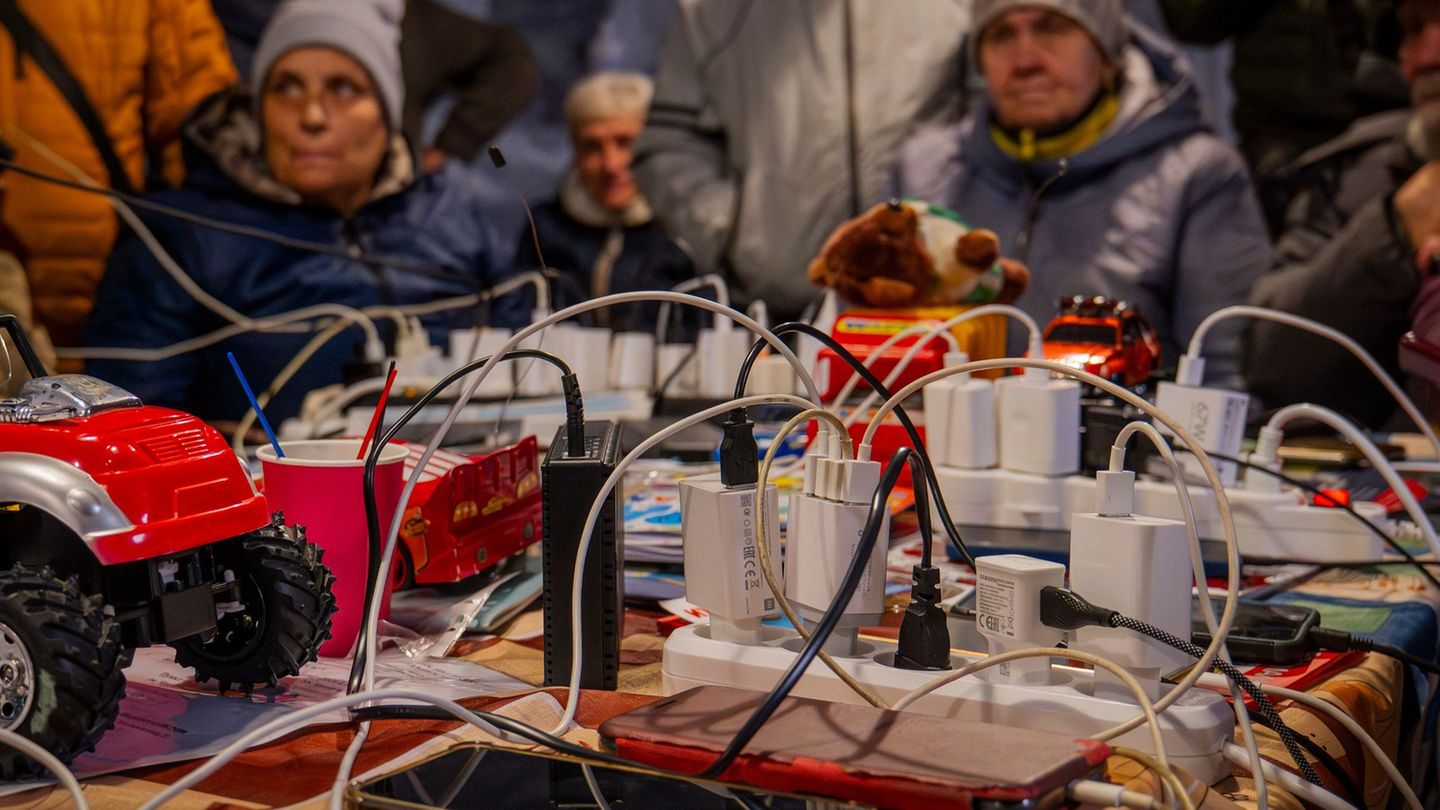As reported Cammesaat 14 hours the demand of the Argentine Interconnection System (SADI) registered 24,159 MW, almost 1,000 MW above the forecast of 23,588 MW of power and above last week’s record of 21,426 MWalthough with lower temperatures.
While the mark is high, it is still far from the last record for electricity consumption for a business day in 29,653 MW. That maximum occurred on February 1, 2024 at 2:48 p.m., with an average temperature of 31.5° degrees in Buenos Aires.
In it Greater Buenos Aires At 2 p.m. the electricity demand is also higher than expected: 8,354 MW versus the 8,221 MW planned and above the 6,599 MW from the previous week.
At 3 p.m., the system supported the highest consumption peak of the day, with 24,729 MW. Then, he began a downward path.
image.png
Earlier, at 12:30, the demand for the Argentine Interconnection System (SADI) – previously called the National Interconnected System – registered 22,297 MW.
The almost 22,300 MW Monday at noon exceeded the estimate provided by experts for that time. In fact, by 3 p.m. they are expected 23,668 MW.
Last week at the same time, but with less heat, they were sued 20,098 MWabout 2,000 MW less than at noon.
image.png

What did Cammesa predict for the coming days?
Camessa warned that due to the high temperatures and heat energy and power demand records may be brokenso it is analyzed import more electricity from Chile, Uruguay, Bolivia or Brazil.
“Demand has a high probability of reaching or exceeding current energy and power records (597.7 GWh and 29,653 MW)”Cammesa noted in its weekly report.
The electricity management company projected that between January 11 and 17 will be presented maximums of 36° and minimums of 25° in CABA (means between 30° and 31°) and “more demanding situations” even in the Center and North of the country between 32° and 34°.
According to these forecasts, The most critical situation is expected for Thursday, January 16when estimating a peak demand of 29,662 MW, which would mean a new record above the all-time high of 29,653 MW from February 1, 2024.
In this context, the possibility of importing energy from Chile, Uruguay, Bolivia and Brazil, which will depend on the availability of each of these countries. This Monday the import was only 8% of the total, about 1,900 MW.
The transportation and distribution systems, meanwhile, are operating under “normal” conditions, Cammesa clarified.
How much energy does Argentina have available for summer 2025?
The total installed power of the SADI is 43,148 MWalthough today they are only available around 28,000 MWwith more than 2,000 additional reserve imports.
The Cammesa mid-year 2024 report that raised alarms for possible power outages warned that energy consumption could reach 30,700 MW, that is, more than 1,000 MW above what was recorded in February.
If this figure is met, at least 2,500 additional MW would be necessary to supply the entire system.
The 6 relief factors that the Government and energy companies are looking at
However, before the Holidays, Energy officials and electrical businessmen showed some optimism due to SADI’s resistance. In several talks with this medium, multiple sources identified at least six factors that generated some relief from possible electrical stress or massive power outages.
Although the forecasts improved for the end of last year, focused service interruptions were not ruled out in certain neighborhoods, towns or areas, where the electrical infrastructure had not yet been renewed.
The factors that generated relief were:
- More rain in Brazil, which allows more hydraulic generation that can reach Argentina
- Temperatures not as high as those expected for December and the first days of January. The concern happened at the end of January and in March in particular, due to the possibility of the summer extending longer than expected.
- The trips of Argentines abroad, particularly to Brazil, Europe and the United States, which dissipates local electricity demand.
- The blackout in large industries and the economic recession, which reduce the consumption of large users.
- Economic incentives for thermoelectric plants for greater generation, which will facilitate greater availability of energy.
- Energy efficiency campaigns, rational use of energy and improvements in distribution networks.
Fewer power outages and greater sanctions: the Government’s request to enable rate increases for Edenor and Edesur
The Government convened two public hearings in which it will ask the electricity distributors improvements in service in the Buenos Aires Metropolitan Area (AMBA) and will toughen sanctions.
In return, companies in the sector hope to maintain their income in real terms, with rate increases consistent with that search and a regulatory framework that facilitates the conditions to access financing.
As Ámbito was able to confirm, the hearing will take place on February 27 and there a 40% reduction in the duration of outages in some suburban municipalities, and 30% in some communes of the City Autonomous of Buenos Aires.
Source: Ambito
I am a 24-year-old writer and journalist who has been working in the news industry for the past two years. I write primarily about market news, so if you’re looking for insights into what’s going on in the stock market or economic indicators, you’ve come to the right place. I also dabble in writing articles on lifestyle trends and pop culture news.




